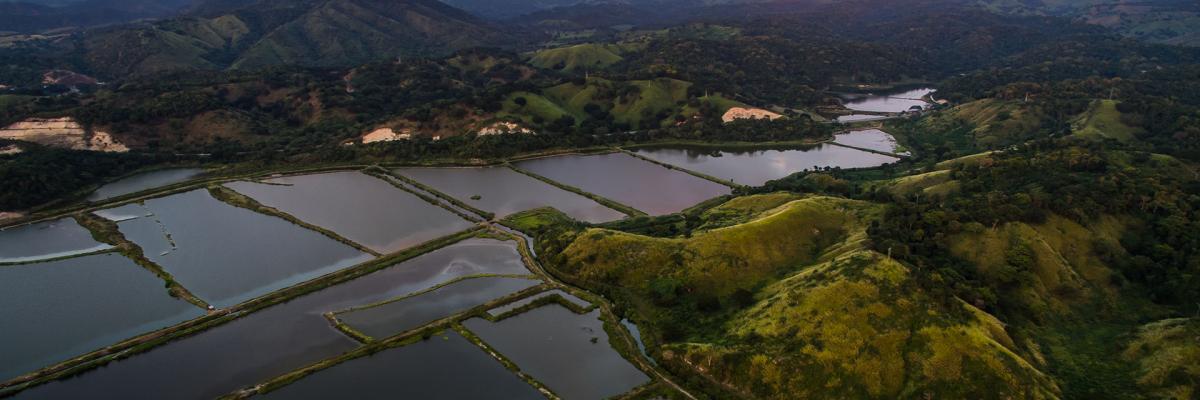
An increase in regulation in the Ecuadorian shrimp industry guarantees importers reliable product standards and has elevated the shrimp sector to its position as the second most important economic industry in Ecuador after oil. Here’s a deeper look, from its historical roots to its present state.
A History of Learning and Improvement
Ecuador has been farming shrimp for around fifty years, making it the most experienced shrimp-farming country in the Americas. In the beginning, cultivation of these crops in the southern salt flats of the country was informal and lacked scientific knowledge to back it up. Eventually, as a result of rapid growth in demand, implementation of genetic improvement programs for crops began in agricultural lands and mangroves.
In the 1980s, Ecuador became the largest exporter of shrimp in the world. However, the industry faced several epidemics, such as the seagull syndrome in 1989, the Taura syndrome in 1993 and the white spot virus in 1999. These considerably reduced exports and generated severe economic crises.
With strict regulation, Ecuador recovered and is currently the second-largest exporter of shrimp in the world, after India, with a 15.5 % market share. Now, not only does Ecuador lead in shrimp production and exporting, the country also offers a product with the highest quality standards.
A Prosperous Market
2019 was undoubtedly the most important year for Ecuador's shrimp industry, reaching a record number of around $3.375 million in profit. The aquaculture and fisheries sector contributed significantly to the national economy, accounting for a large percentage of GDP.
The industry’s success was largely due to investments by private companies that focused on increasing the number of hectares for shrimp farming. This was in addition to a maturation process in larvae laboratories that provided automatic feeding and nutrition, and harvest adjustments in pools.
Now, shrimp generates such high demand that even producers of bananas and rice have integrated into the market. Although its biggest buyer is China, Ecuador expects to strengthen its market presence in other countries.
Main Markets
The white shrimp (Litopenaeus vannamei) from Ecuador is distinguished worldwide as a gourmet product due to its exquisite taste, color and texture, all of which can be attributed to good genetics and correct nutrition.
The distribution of shrimp exports by country:
- China – 42 %.
- Vietnam – 22 %
- U.S. – 13 %
- Spain – 5 %
- France – 4 %
- Others – 4 % (Italy, South Korea, Russia, England, Colombia)
Source: National Chamber of Aquaculture 2019
After overcoming many challenges and facing environmental adversities, Ecuador was able to create a stable shrimp-farming industry and sustain its growth and consolidation in the international market.
